Metal-over-metal Versus TPO Overlays: Quality Reigns Over Cost in Retrofit Roofs
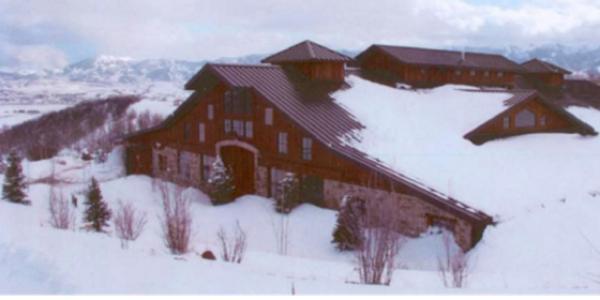
By Cayden Wemple.
Metal-over-metal roofing continues to reign supreme.
When presenting a metal-over-metal retrofit roof project to potential customers, it is crucial to inquire about their exploration of competitive products, particularly TPO overlays. Not surprisingly, your customer may perceive the less expensive TPO overlay as equal. However, the truth is that these products are far from equal. Let's delve into a few pivotal differences.
Service life
Independent studies conducted for the Metal Construction Association (MCA) and the National Coil Coaters Association (NCCA) have shown that metal roofs coated with unpainted Zinc Aluminum (Galvalume or equal) and standing seam roofs with painted PVDF boast projected minimum service lives of 60 years and 40 years, respectively. In contrast, mechanically attached TPO roofs only last 18-24 years. This means that opting for a metal-over-metal roof proposal not only provides nearly three times the longevity but also justifies the 20%-25% higher investment.
Wind load
Proponents of TPO often emphasize their system's ability to meet higher wind uplift requirements. However, it is essential to discern that metal building roofs cannot be equated with decking. Structural metal building roof panels possess distinct properties compared to structural steel decking. Properly attaching a TPO system necessitates connection to the structural purlins, while some TPO systems conveniently attach to the old-degraded metal panels and others skip one purlin line attaching 10' on center, contrary to good engineering practice, attaching to every structural purlin. Carefully examining the assembly, its limitations and attachment requirements is imperative to avoid compromising structural integrity.
Snow load
If you operate in a snow load area, TPO systems may encounter significant challenges. Modern building codes often mandate increased ground snow load minimums and necessitate assessing "drift loading" or "unbalanced loading" caused by wind stacking snow unevenly on the roof. TPO systems rely on rigid insulation and a 40-60-mil thick sheet membrane, which are not structural members and depend on the existing, potentially deteriorated, old metal roof for support. Consequently, analysis often reveals that the old metal roof fails to meet current snow load requirements on the existing purlin spacing. Rectifying this issue involves adding framing to reduce purlin spacing, which proves cumbersome beneath the existing roof. Unfortunately, single-ply contractors frequently overlook this code requirement, unlike Roof Hugger.
Roof geometry
Metal roofs are never designed to have water pooling on them, thanks to the efficient water channeling provided by ribs spaced from 12" to 24". However, modifications made by single-ply contractors to metal buildings, such as filling parapet gutters with foam and installing scuppers through the parapet, can lead to catastrophic consequences. This unintended water buildup behind the parapet on a roof not designed for such scenarios can result in significant damage or structural failure.
Other considerations
Beyond these critical differences, various other factors come into play when comparing metal roof retrofits to TPO retrofits. Future installation of photovoltaics is very likely, and a new metal over metal roof can easily accommodate this addition and can do it without penetrations in the roof. Other considerations including aesthetics, fire rating, insurance implications, insulation benefits, and overall strength. Metal roofing excels in all these aspects, offering long-term durability, compatibility with solar panels, energy efficiency with Above Sheeting Ventilation (ASV), and the ability to strengthen existing purlins. In contrast, TPO systems primarily add weight without providing comparable advantages.
To recap, although a new metal roof may entail a slightly higher cost, it stands as the unrivaled, longest-lasting product available today. Metal roofs fulfill the requirements for wind, snow, and insulation, making them a worthwhile investment. Choosing quality over cost proves beneficial in the long run, ensuring peace of mind and superior performance.
Learn more about Roof Hugger in their Coffee Shop Directory or visit www.roofhugger.com.
About Cayden
Cayden is a reporter for RoofersCoffeeShop, MetalCoffeeShop and AskARoofer. When he isn’t writing about roofs, he’s usually playing guitar or writing songs for his musical endeavors.

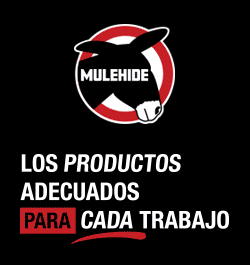


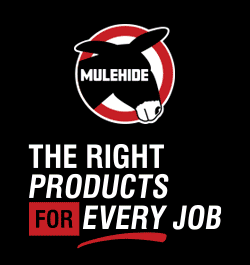
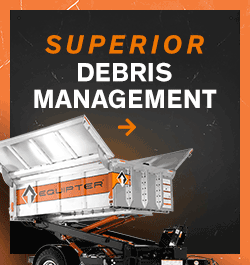








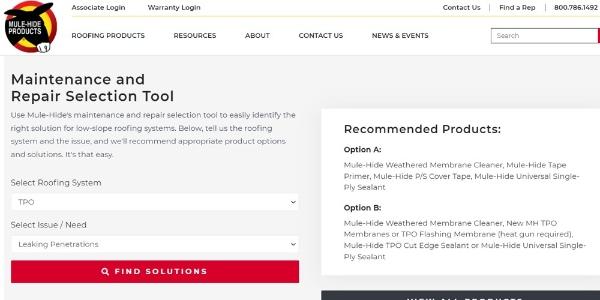
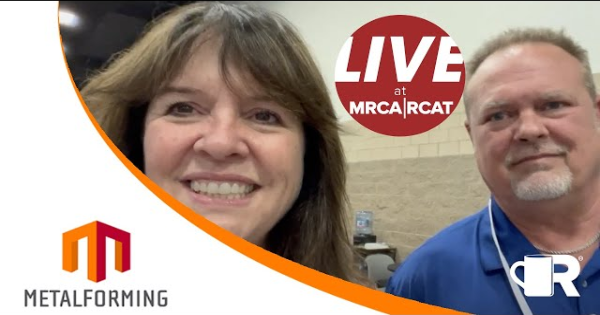



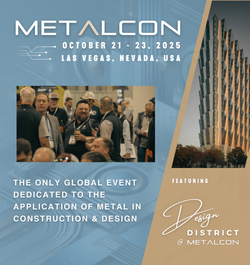


Comments
Leave a Reply
Have an account? Login to leave a comment!
Sign In